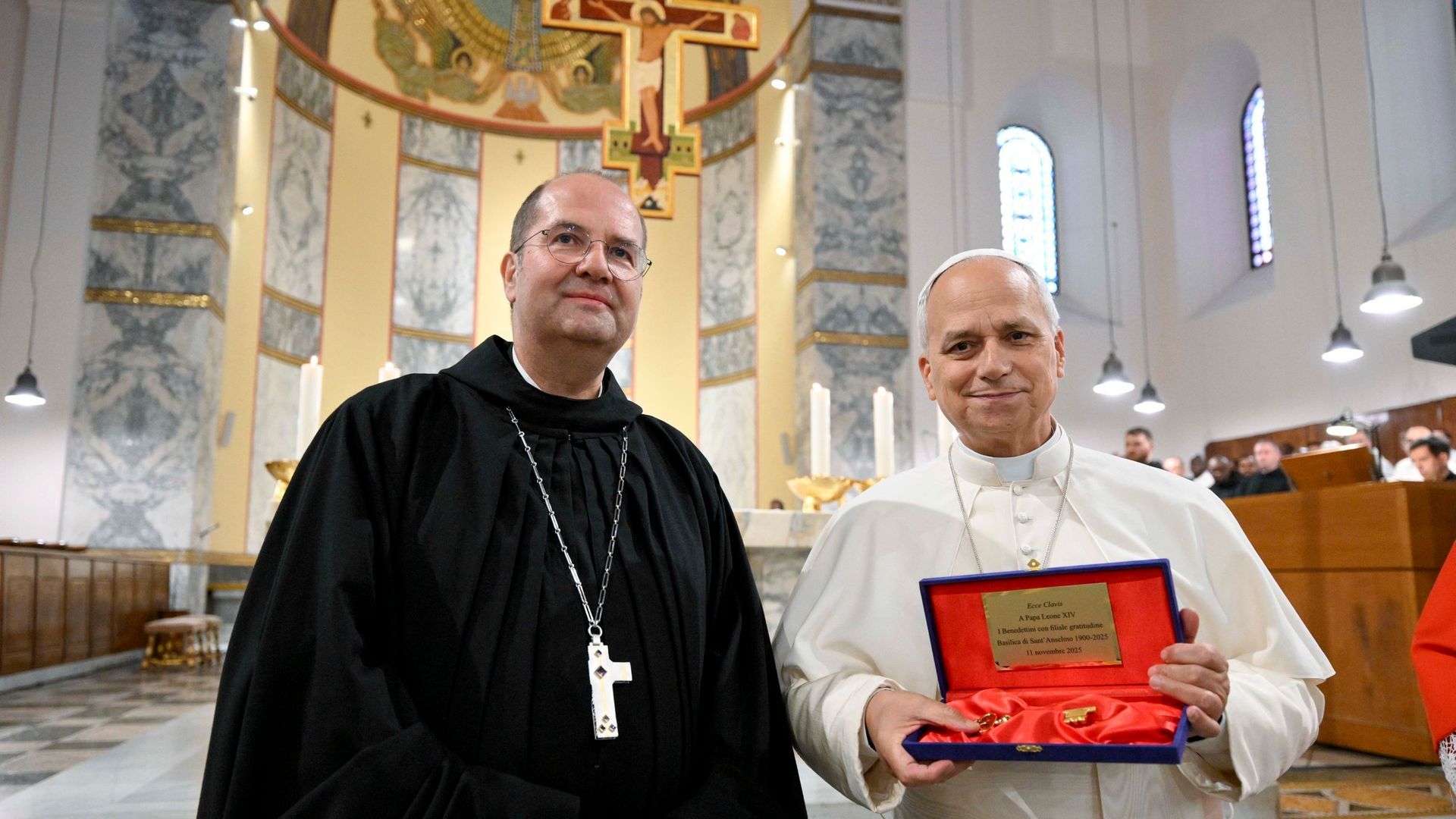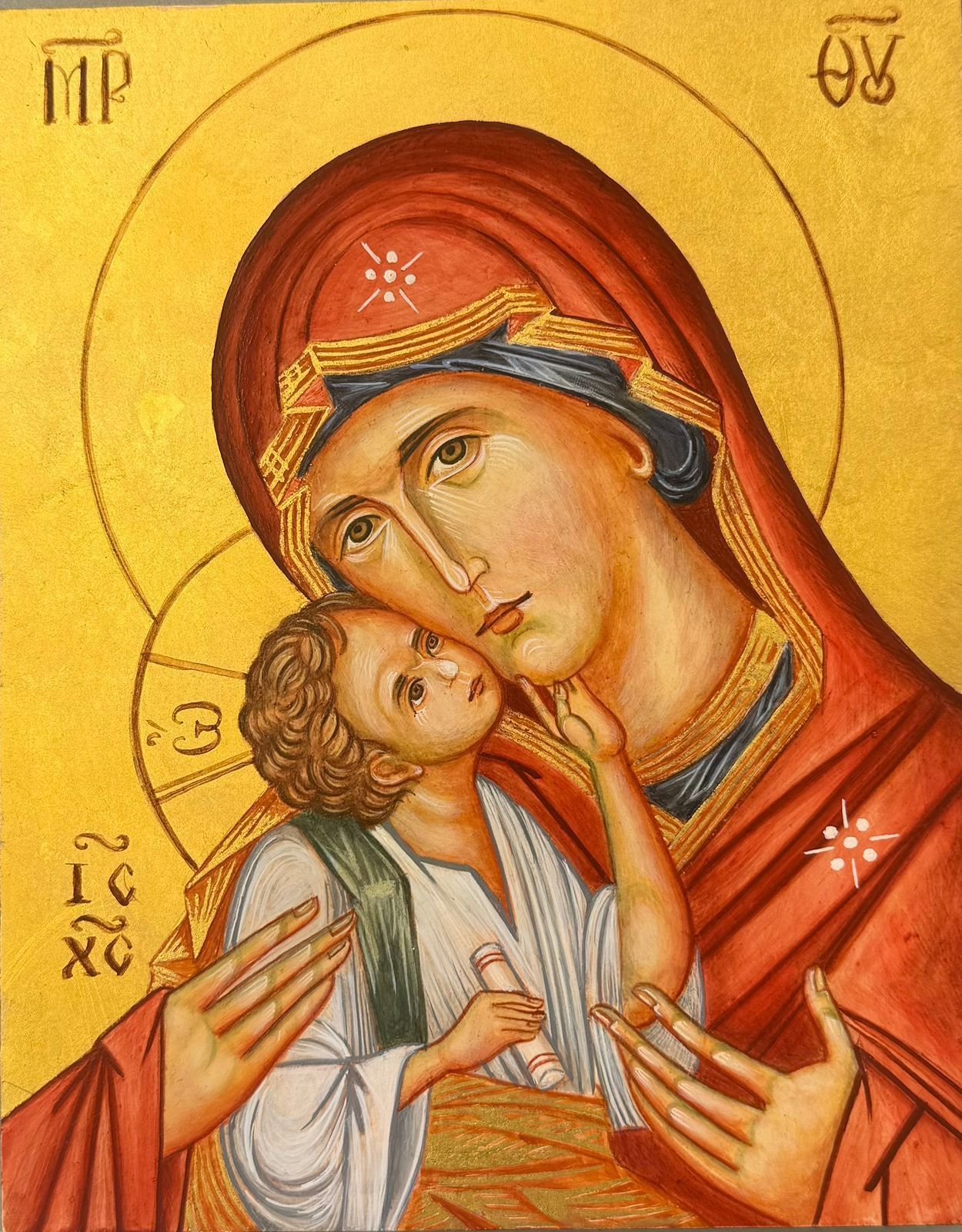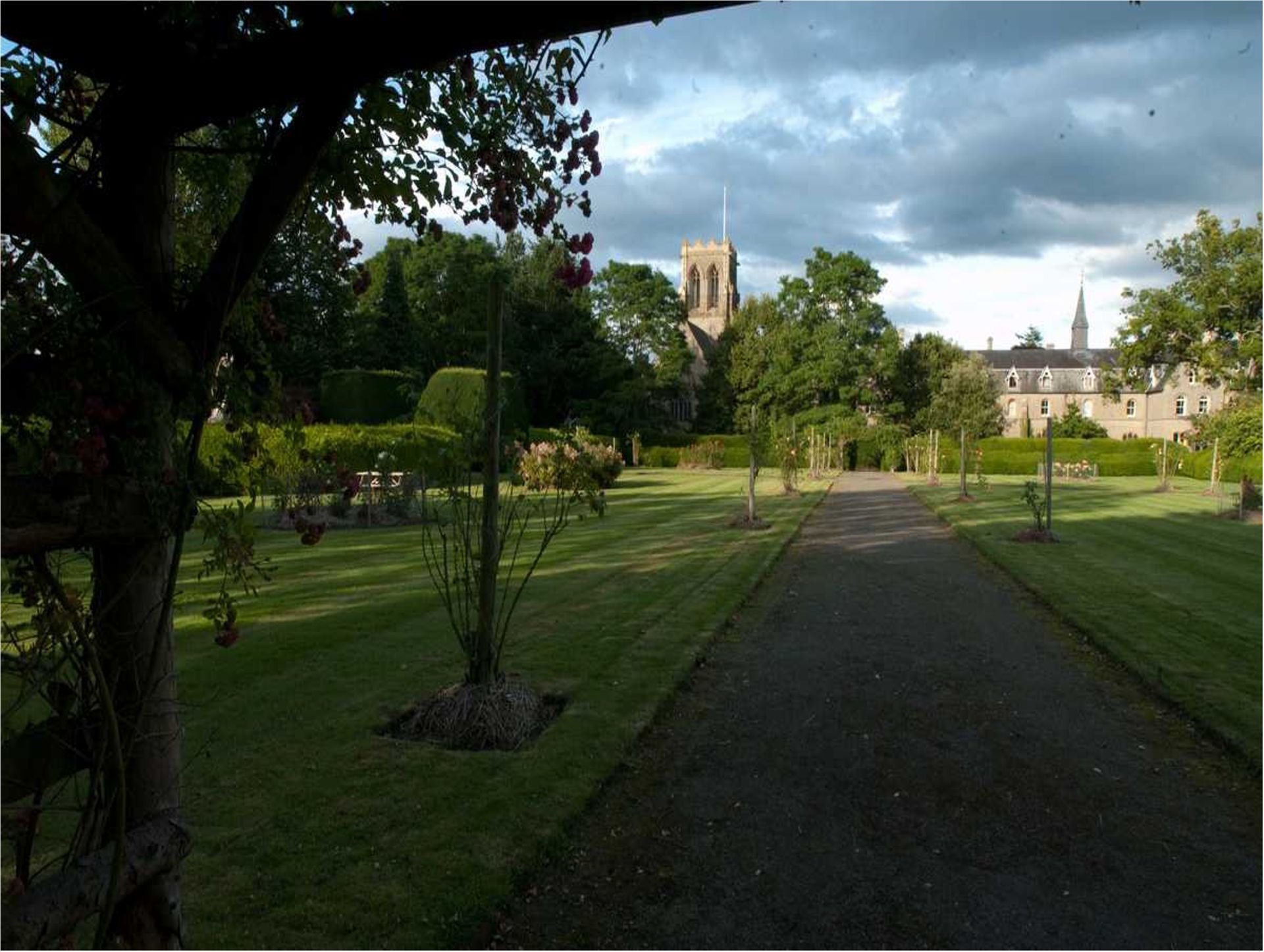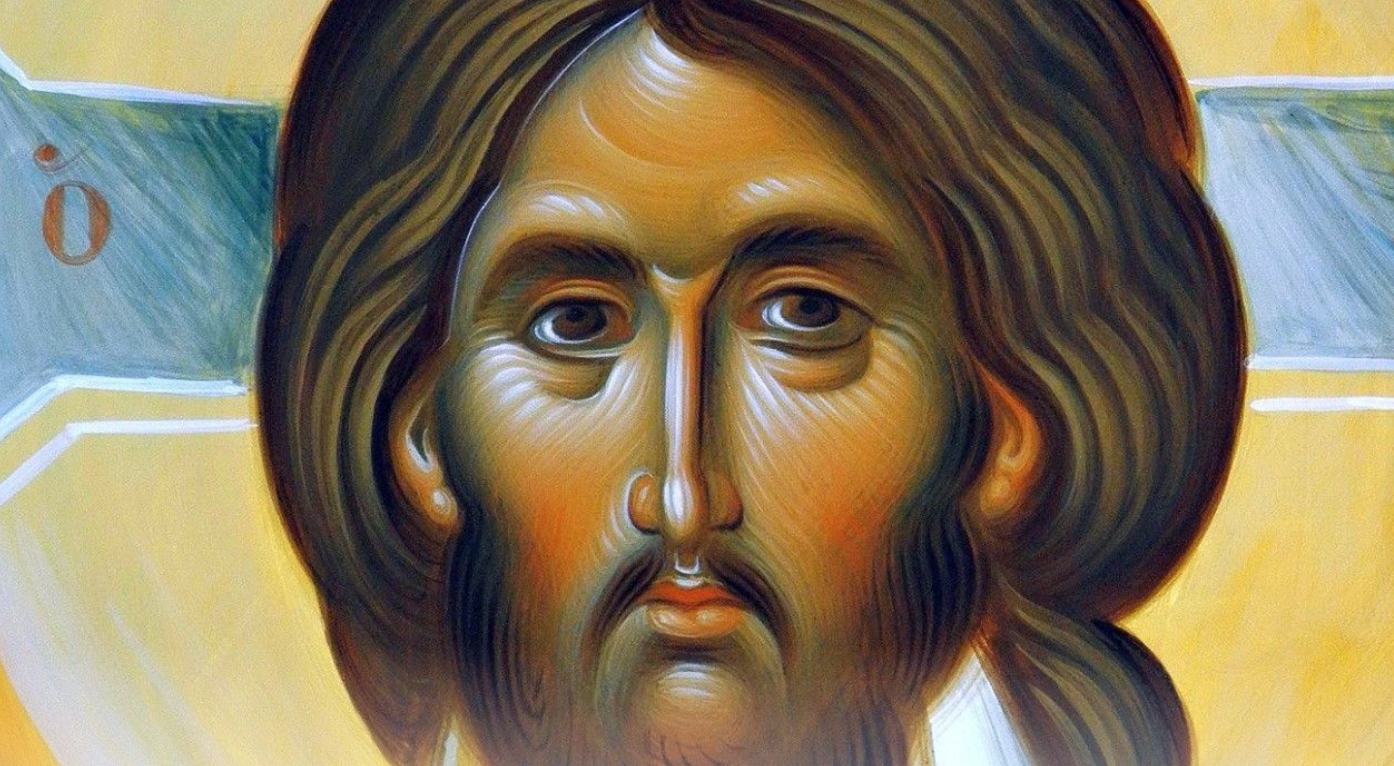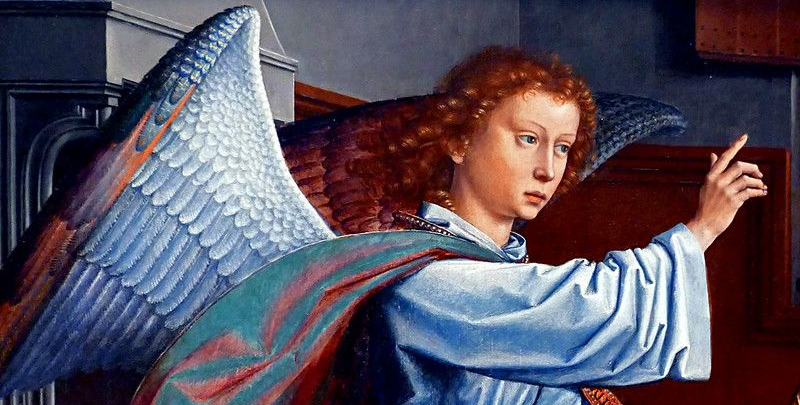Message of Abbot Paul - Feast of St John the Evangelist

Message from Fr Paul for Monday, 27th December 2021
It’s good during the Christmas Octave to read a Gospel passage at Mass that recounts the resurrection of Jesus. Today we read from John, (Jn 20: 2-8), precisely because it is the feast of St John the Evangelist. This account is probably a personal recollection of how he accompanied Peter to the empty tomb after the disciples had been told by Mary Magdalene that she had found the sepulchre empty and the stone rolled away. Let us hear what the evangelist wrote.
“On the first day of the week Mary of Magdala came running to Simon Peter and the other disciple, the one Jesus loved. ‘They have taken the Lord out of the tomb’ she said ‘and we don’t know where they have put him.’
So Peter set out with the other disciple to go to the tomb. They ran together, but the other disciple, running faster than Peter, reached the tomb first; he bent down and saw the linen cloths lying on the ground, but did not go in. Simon Peter who was following now came up, went right into the tomb, saw the linen cloths on the ground, and also the cloth that had been over his head; this was not with the linen cloths but rolled up in a place by itself. Then the other disciple who had reached the tomb first also went in; he saw and he believed.”
John isn’t named, but is simply called “the other disciple.” This has always been taken to be John the Evangelist, although there exists an ongoing debate among biblical scholars as to the identity of this disciple and his relationship with the author of the Fourth Gospel. We won’t enter into that scholarly debate here. Suffice it to say that Mary of Magdala, the Apostle of the Apostles, informs the apostles that the tomb is empty and that the body of Jesus cannot be found. The two set off running together, but the younger runs faster and gets there first. John stoops down to see the state of the tomb and notes the “linen cloths lying on the ground,” but, giving precedence to Peter, does not go in. Peter runs up and goes straight in and sees not only what John saw, but much more, yet remains mystified. The details are described. The beloved disciple goes in after Peter. All we are told is that, “he saw and he believed.” In John’s Gospel the verb to see means far more than mere sight. It means to see with the eyes of the heart and with the eyes of the soul, to grasp the truth and understand it, to see what something really signifies, the hidden meaning. What is there to believe? That Jesus is the Risen Lord of all creation, that he is the Resurrection and the Life. For the beloved disciple the empty tomb is more than sufficient evidence to believe that Jesus is risen from the dead.
Today, 27th December, the feast of St John the Evangelist, let us pray that, through his example and intercession, our Risen Lord, who is the babe in the manger, will increase our faith and strengthen our resolve to live good Christian lives, filled with the joy of the Holy Spirit. Amen.



